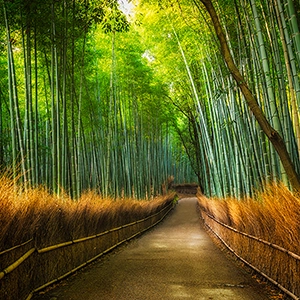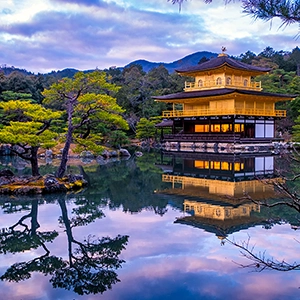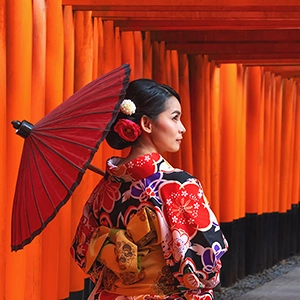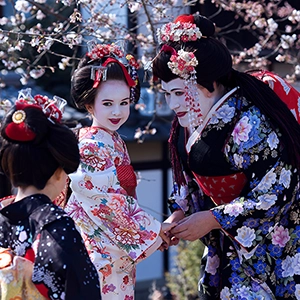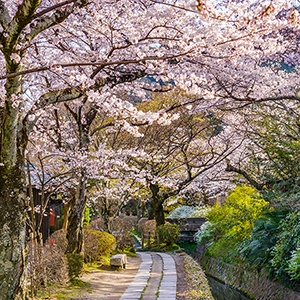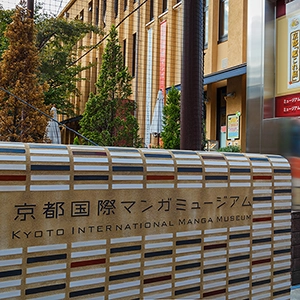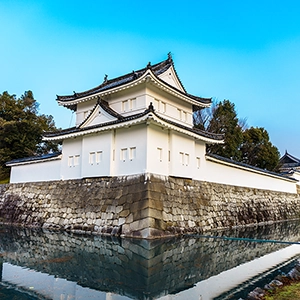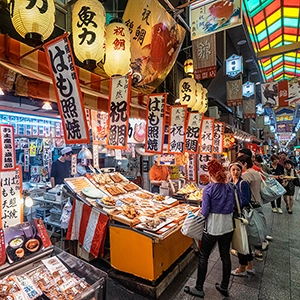Discover The Serenity Of Togetsukyo Bridge Kyoto: A Jewel Of Japanese Cultural Heritage
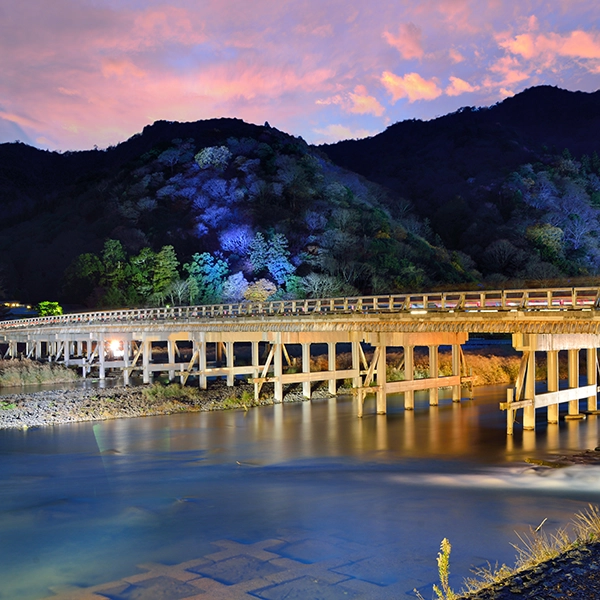
Revered as one of the quintessential symbols of Kyoto, Japan, the Togetsukyo Bridge is more than just a crossing over the Hozu River. It's a testament to the city's rich history, an emblem of natural beauty, and a hub of cultural fascination.
The name 'Togetsukyo' translates to 'Moon Crossing Bridge', a poetic attribution by Emperor Kameyama who was moved by the ethereal view of the moon moving across the bridge. This 155-meter long bridge, with its history spanning over four centuries, has been a witness to the changing seasons, the passage of time, and the evolving story of Kyoto.
Constructed during the Heian Period (794-1185), the Togetsukyo Bridge was originally a simple wooden structure. It was later rebuilt as a more robust bridge in the Edo period (1603-1868) and underwent further enhancements in the 20th century, resulting in the concrete structure we see today. Despite these changes, the bridge has retained its traditional charm and blends seamlessly into the picturesque landscape of Arashiyama.
The bridge is especially captivating during the cherry blossom season in spring and the autumn foliage season. In spring, the banks of the Hozu River burst into a riot of pink as the cherry trees bloom, framing the bridge against a backdrop of floral splendor. In autumn, the bridge is surrounded by a vibrant palette of red, orange, and yellow leaves, creating a scene that's akin to a beautifully painted canvas.
While the bridge itself is a sight to behold, the surrounding Arashiyama area is equally enchanting. It's a region renowned for its lush bamboo groves, tranquil temples, and the renowned Iwatayama Monkey Park. The bridge serves as a gateway to these attractions, making it a focal point for both locals and tourists.
Many traditional pleasure boats and tourist cruises commence their journey from the Togetsukyo Bridge. These boat rides offer a unique vantage point to appreciate the bridge's architecture and the surrounding landscape. The gently flowing Hozu River, the verdant mountains, and the historic bridge come together to form a panorama that's truly mesmerizing.
However, Togetsukyo Bridge isn't just about scenic beauty; it's also a cultural hub. It serves as the primary venue for the Arashiyama Momiji Festival, a major event held in November. During this festival, the area comes alive with vibrant processions of traditional boats, performances of classic court music, and reenactments of elegant Heian Period ceremonies.
At night, the bridge transforms into an illuminated spectacle. The soft glow of the lights highlighting the bridge against the darkened river is a serene and captivating sight. It's no surprise that it's a beloved spot for photographers, eager to capture its nighttime charm.
The Togetsukyo Bridge is more than just a pedestrian and traffic bridge. It's a symbol of Kyoto's enduring connection to its past and its harmonious relationship with nature. It's a testament to how architectural beauty, combined with natural landscapes, can create a sight that transcends the ordinary.
Whether you're walking across the bridge, enjoying a river cruise, or simply taking in the view from a riverside café, the Togetsukyo Bridge offers a sense of tranquility and a connection to Japan's rich cultural history. Its timeless elegance and the mesmerizing beauty of its surroundings make it a must-visit landmark in Kyoto.
In conclusion, the Togetsukyo Bridge is not just a bridge, but a journey - a journey through Kyoto's

